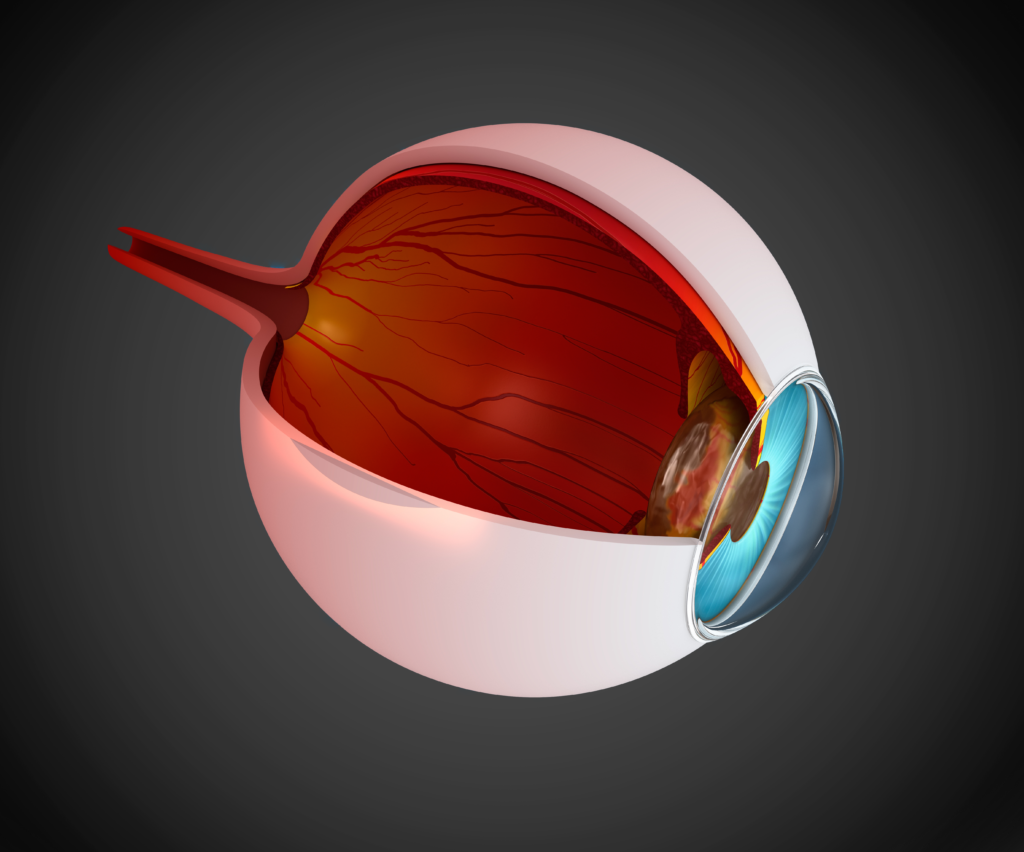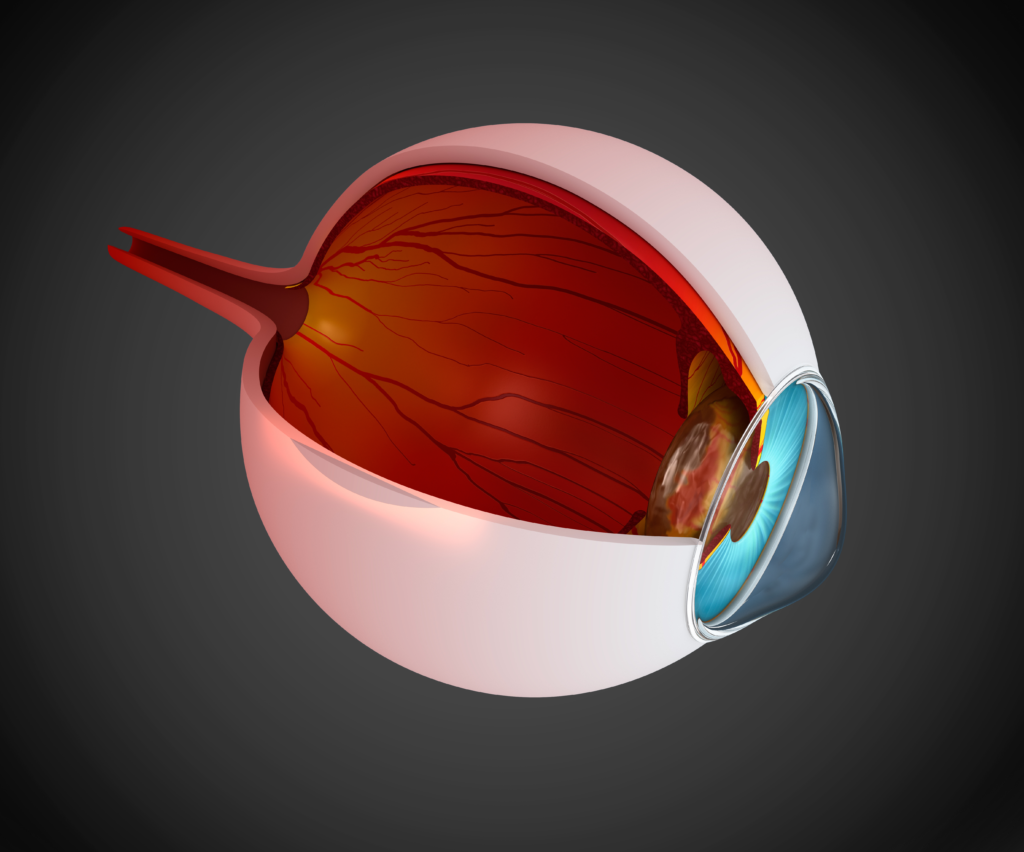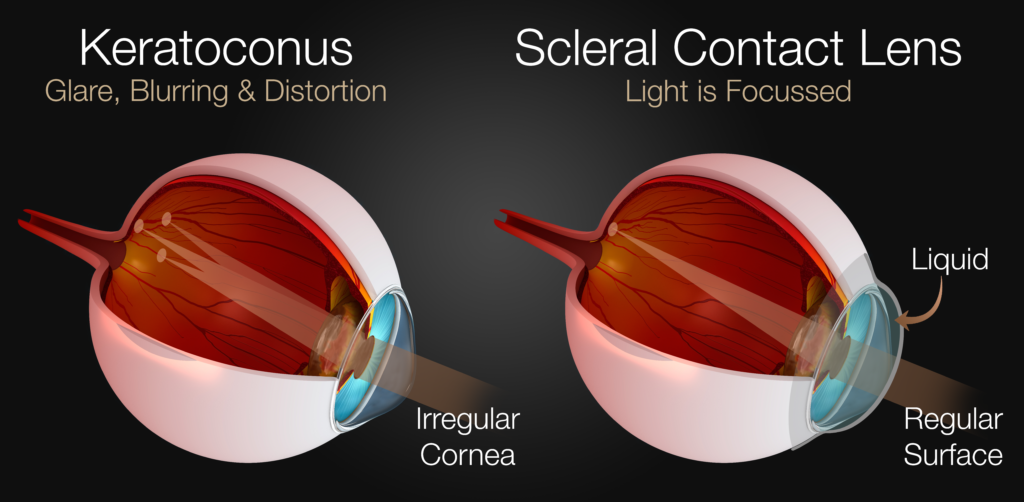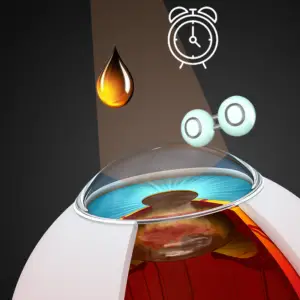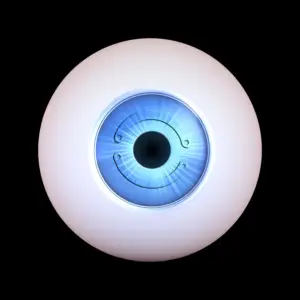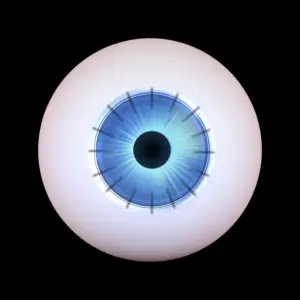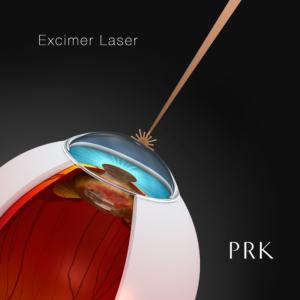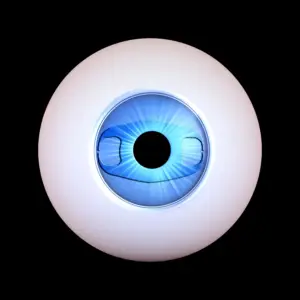
Advancing Vision Correction in South Africa: First Artiplus Lens Procedure Performed by Dr Lourens Coetzee
Precision in sight – Dr Lourens Coetzee holds up an enlarged model of the Artiplus Phakic Implantable Lens, representing a breakthrough in the correction of presbyopia. South Africa has entered


